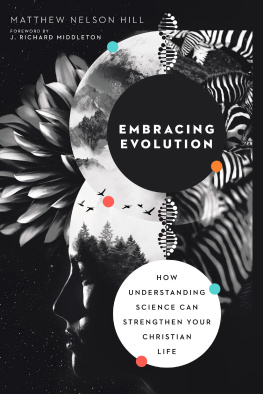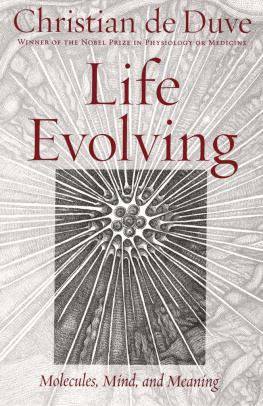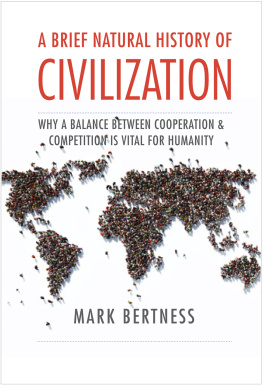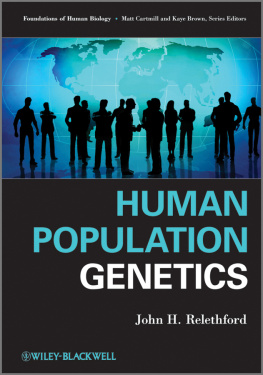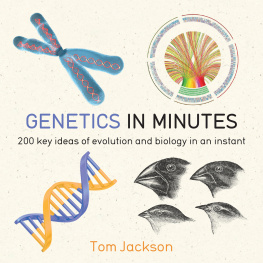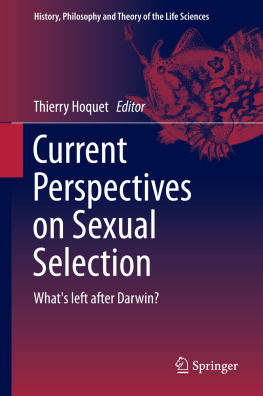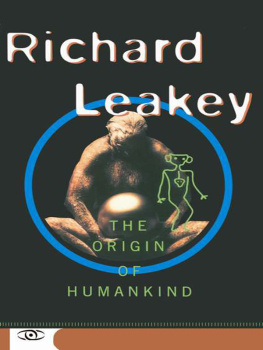Acknowledgments
As I have done for earlier works, I wrote this book concurrently in my two mother languages, English and French. The two versions have benefited reciprocally from the criticisms, comments, and suggestions addressed to the other.
Many people have helped to make this work possible. Among them, I owe special tribute to my faithful editor and longtime friend Neil Patterson, who once again has favored me with his invaluable help, not only in purging my style of gallicisms, grammatical errors, obscure statements, needless repetitions, and flowery expressions, but also in critically assessing the substance. His participation has far exceeded a strictly editorial assistance and has justified his designation as coauthor. I am particularly pleased to publish this new work with him, after more than twenty-five years of friendly and effective, if sometimes heated, collaboration.
I am particularly indebted to my valued friend Odile Jacob, who not only has published two of my previous books before this one but has, in addition, decided to include my latest opus in her joint enterprise with Yale University Press. It is a great honor. I also address my most grateful thanks to the members of her staff, including Grard Jorland, milie Barian, and Claudine Roth-Isler, for their excellent collaboration.
I owe a similar debt of sincere gratitude to Yale University Press for publishing the English version of the book and, especially, to Jean Thomson Black for her competent and understanding assistance, to Laura Jones Dooley for her thorough editorial revision of the manuscript (with my apologies for not always following her recommendations), and to Jaya Chatterjee for her valuable help with illustrations.
Finally, I wish to thank my trusted Brussels assistant, Monique Van de Maele, for her invaluable help in the search for needed information and her colleague, Nathalie Chevalier, who has expertly assembled the illustrations common to both versions. I am also indebted to Xavier de Felipe for his wonderful reconstruction of the forest of neurons reproduced in and to Gabriel Ringlet for valuable criticisms and suggestions.
Epilogue
T wo almost contradictory messages emerge from my analysis of the human circumstance. One says that our downfall, our eventual extinction and that of much of the living world, is inscribed in our genes. The other tells us that we possess the unique power to use reason to escape this fate. Whether original sin or redemption gains the upper hand is impossible to predict. But, at first glance, the prospects are not encouraging.
There is a major difficulty: we must deal with two sharply different time scales. As human beings, we live within the limits imposed by our own lifespan and that of our relatives. On a personal and family level, or even on the social, economic, and political levels, our unit of time rarely exceeds a decade, often less in politics. On the other hand, the perspectives that should guide our actions are measured in centuries, if not millennia or more. Under those conditions, many of us are tempted to echo the words attributed to the Marquise de Pompadour, the favorite of King Louis XV of France: Aprs nous le Dluge.
Another difficulty likely to discourage even the most convinced and motivated among us is the feeling of our own impotence. What each of us can accomplish as an individual may appear as of such little import as to seem futile. This is why collective engagement is so critical, why action, under the aegis of political and religious leaders, will be essential.
The situation, however, is far from hopeless, as is made evident by the movement developing around the issue of global warming and climate change. The world is becoming concerned. Measures are being adopted on a national and, even, international level. More impressive, individuals are beginning to act, each in their own little sphere, to economize energy, reduce carbon dioxide emissions, and avoid wastein short, to incur a small amount of personal discomfort for the sake of a distant common good. This is only one example. One could cite many others, showing that individuals, even masses, can be mobilized for constructive effort. If the worlds leaders could become more actively involved in the fight for the survival of humanity and the rest of the living worldthe one depends on the otherthe dangers that threaten the future of our planet can be deflected before it is too late.
1
The Unity of Life
A ll known living organisms are descendants from a common ancestral form of life, often represented by the acronym LUCA (Last Universal Common Ancestor). Put forward as an affirmation, not just a theory or hypothesis, this statement may strike many readers unacquainted with modern biology as almost incredible, if not objectionable or even contrary to their most sacred beliefs. An explanation is in order.
Advancing knowledge has swept away centrisms
For most of their history, humans have seen Earth as the center of the universe, their privileged abode. In the second century, the Greek mathematician and astronomer Ptolemy integrated this geocentric view into a coherent theory that placed the Sun, the planets, and the stars in concentric spheres surrounding Earth. The Ptolemaic system dominated thinking for about fourteen hundred years, until the Polish astronomer Copernicus (14731543) rejected it in favor of the heliocentric view, which has the Sun in the center and the Earth and other planets circling around it. This view ran the risk of being seen as heretical at the time; it conflicted with the biblical account that Joshua stopped the sun to allow the Israelites to win the Battle of Gibeon against the Canaanite kings. For this reason, Copernicus prudently refrained from having his theory publicized until after his death. This may have been a sound decision, considering the fate that befell the Italian Galileo (15641642), almost one century later, when his advocacy of the Copernican view led, in 1633, to his condemnation by the Catholic Church, which, although yielding to the evidence much earlier, officially revoked this condemnation only some three and a half centuries later.
Since the time of Galileo, the Sun itself has lost its central status. It has been found to be only one among some one hundred billion stars in our galaxy, which has itself been dethroned by the observations of the American astronomer Edwin Hubble, who discovered, in the 1920s, that the distant celestial objects then known as nebulae are actually other galaxies, of which about one hundred billion are believed to exist.
While the status of our planet was progressively relegated from the center of the universe to the backyard of one in one hundred billion stars in one of one hundred billion galaxies, the anthropocentric view of a universe made for humans was also shaken. It all began with increasing realization that Earth is not, as was long believed, a fixed setting created for our human adventure. Earth was found to have a history of its own.
Earth has a history
This awareness dawned in the eighteenth century, from observations in places where flowing water has cut through rocks to expose their structurethe Grand Canyon is the most spectacular exampleshowing that the ground beneath us is stratified in layers of different texture and composition. The layers may be flat or curved, or inclined. Some contain the shells of marine animals embedded in the rock; think of marble, for instance. This telling clue enforced the astonishing conclusion that these layers had once been under water, where they had slowly formed through sedimentation of sand and dust particles, in which dead animals became buried, their bodies rotting, leaving only the mineral shells. As time went by and new layers accumulated on top, the old ones were pushed deeper and deeper, exposed to increasing heat and pressure, solidifying into rocks. Some of these rock layers were later driven upward by underground movements, to finally rise above the level of the waters in which they were born, even building mountains.


